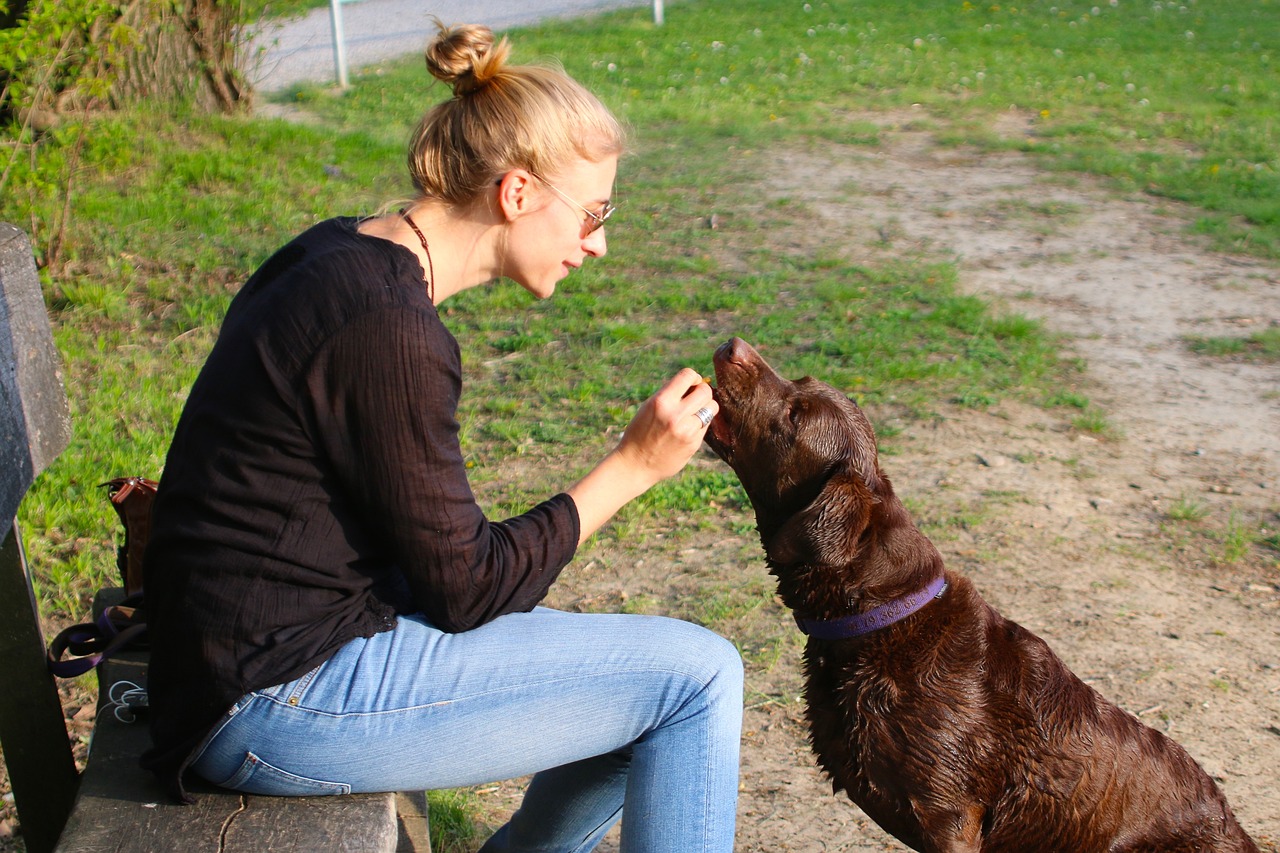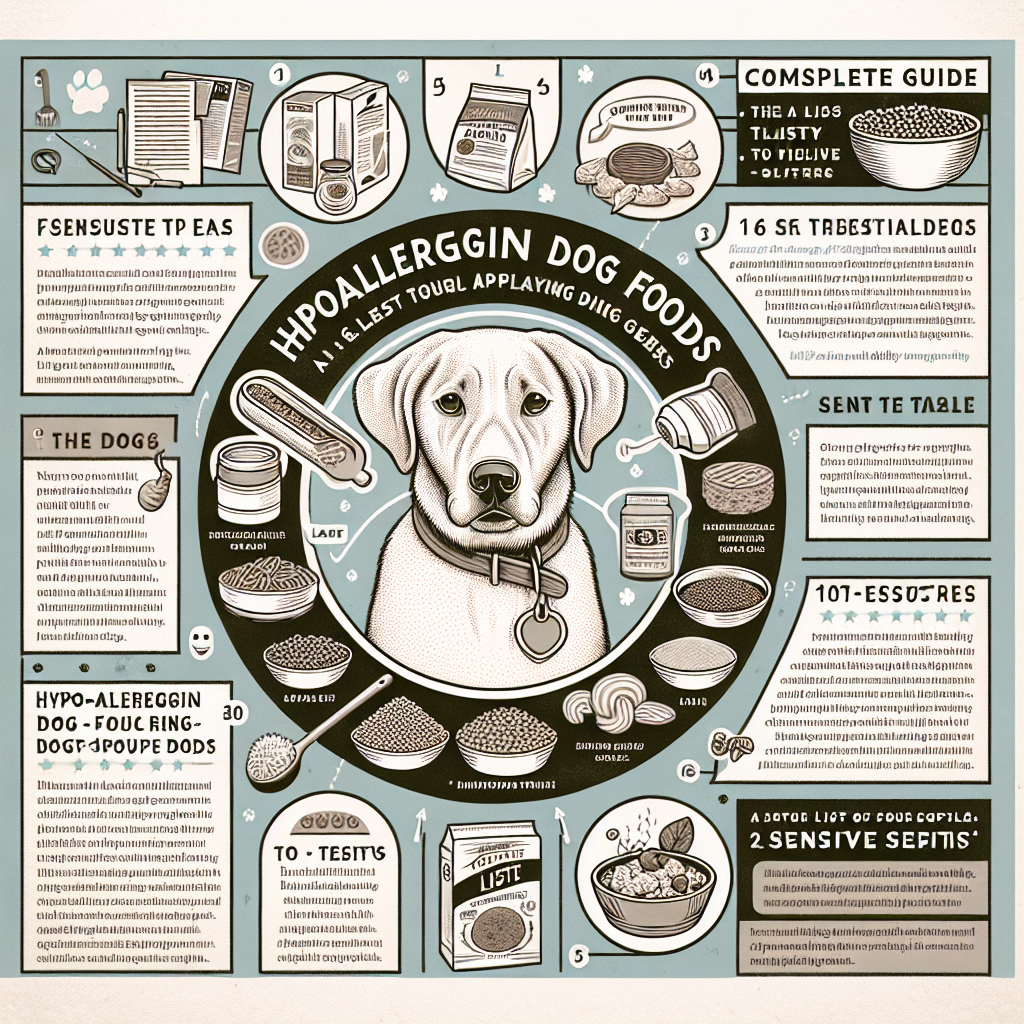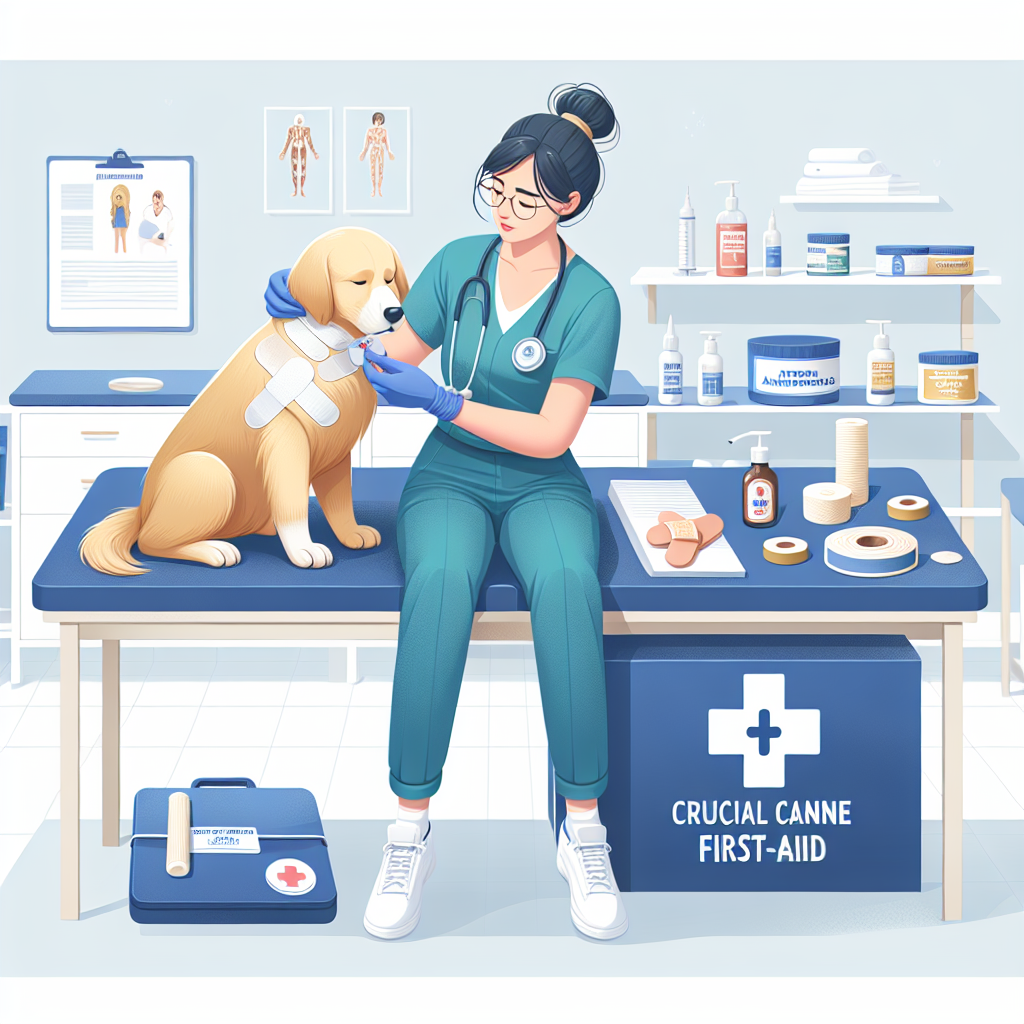
As responsible pet owners, we aim to provide the best care for our furry friends, ensuring their happiness and health. One of the most crucial aspects of pet health is maintaining an appropriate weight. Overweight and obese dogs face increased risks of numerous health issues, such as diabetes, heart disease, joint problems, and decreased life expectancy. In this detailed guide, we present expert tips to help you manage your dog’s weight effectively and ensure a healthier, more vibrant life for your canine companion.
1. Understand Your Dog’s Ideal Weight
Before embarking on any weight management plan, it’s essential to know what constitutes a healthy weight for your dog. This can vary significantly based on breed, age, and individual factors. For precise information, consult your veterinarian. They can use body condition scoring (BCS) and other techniques to help determine whether your dog is underweight, overweight, or at an ideal weight.
Practical Steps:
- Schedule a vet visit for a professional evaluation.
- Learn how to assess dog weight using the rib-check method and observational cues.
2. Balanced Diet: Quality Over Quantity
The foundation of effective weight management is a balanced diet. Not all foods are created equal; quality matters more than quantity. Dogs require a balanced intake of proteins, fats, carbohydrates, vitamins, and minerals.
Practical Steps:
- Opt for high-quality commercial dog foods that list meat as the first ingredient.
- Avoid foods with excessive fillers like corn, wheat, and soy.
- Consider consulting a veterinary nutritionist for personalized diet plans.
3. Portion Control: Measuring Matters
Overfeeding is a common reason for canine obesity. It’s easy to misjudge portion sizes, especially with large or enthusiastic eaters.
Practical Steps:
- Use a kitchen scale or measuring cup to ensure accurate portion sizes.
- Follow the feeding guidelines on dog food packaging but adjust based on your dog’s specific needs, activity level, and vet recommendations.
- Avoid free-feeding (leaving food out all day).
4. Regular Exercise: Consistency Is Key
Regular physical activity is critical in maintaining a healthy weight. Exercise burns calories, stimulates metabolism, and supports overall well-being.
Practical Steps:
- Aim for at least 30 minutes of activity, such as walking, daily.
- Introduce variety with activities like running, hiking, swimming, or interactive play.
- Adjust intensity based on your dog’s age, breed, and physical condition.
5. Limit Treats and Human Food
Treats and table scraps can add a significant number of excess calories. Even small amounts can quickly add up and contribute to weight gain.
Practical Steps:
- Use low-calorie or healthy treats like carrots or apple slices.
- Reserve treats for training and rewards, not as a frequent snack.
- Avoid giving your dog human food, especially those high in fat, sugar, or salt.
6. Monitor Progress: Track Weight and Body Condition
Regular monitoring helps you stay on track and make necessary adjustments to the weight management plan.
Practical Steps:
- Weigh your dog weekly using a reliable scale.
- Keep a journal to note down weight, meals, treats, and exercise.
- Use body condition score (BCS) charts to visually assess your dog’s condition.
7. Set Realistic Goals: Patience Pays Off
Weight management in dogs is a gradual process. Setting realistic goals helps maintain motivation and prevents frustration. Aim for a slow and steady weight loss rather than rapid changes, which can be unhealthy.
Practical Steps:
- Discuss and set weight loss goals with your veterinarian.
- Create short-term (monthly) and long-term (6-12 months) goals.
- Celebrate small milestones to keep motivation high.
8. Address Underlying Health Issues
Sometimes, weight gain can be a symptom of an underlying health issue such as hypothyroidism or Cushing’s disease. It’s important to rule out or manage such conditions.
Practical Steps:
- Schedule regular veterinary checkups.
- Be vigilant for symptoms of potential health issues (e.g., lethargy, excessive thirst).
- Follow prescribed treatments if an underlying issue is detected.
9. Nutritional Supplements and Considerations
Certain supplements can support weight management by boosting metabolism or providing essential nutrients. However, supplements should complement a balanced diet and not replace it.
Practical Steps:
- Consult your vet before introducing any supplements, such as omega-3 fatty acids or L-carnitine.
- Be cautious about over-the-counter weight loss supplements; ensure they are safe for dogs.
- Incorporate recommended supplements into your dog’s daily regimen as advised by your vet.
10. Behavioral and Environmental Adjustments
Sometimes, simple changes in behavior or environment can significantly impact weight management.
Practical Steps:
- Use slow-feeder bowls to prevent rapid eating.
- Create a feeding schedule and stick to it, avoiding feeding your dog outside of designated times.
- Engage your dog mentally and physically to prevent boredom-related eating or begging.
Conclusion: Commit to a Healthier Lifestyle
Effective dog weight management requires a comprehensive and committed approach combining a balanced diet, regular exercise, and ongoing monitoring. By adhering to these expert tips, you can foster a healthier, happier life for your pet. Always remember that your veterinarian is your best ally in this journey; regular consultations and open communication will ensure your dog receives the best possible care tailored to their specific needs.
Achieving and maintaining a healthy weight is one of the greatest gifts you can give your furry friend – a gift that keeps on giving through improved health, increased energy, and a longer, more fulfilling life together.
#ChatGPT assisted in the creation of this article.




